“An extraordinary journey”: An interview with Dani Parr and John Cassy about Lost Origin
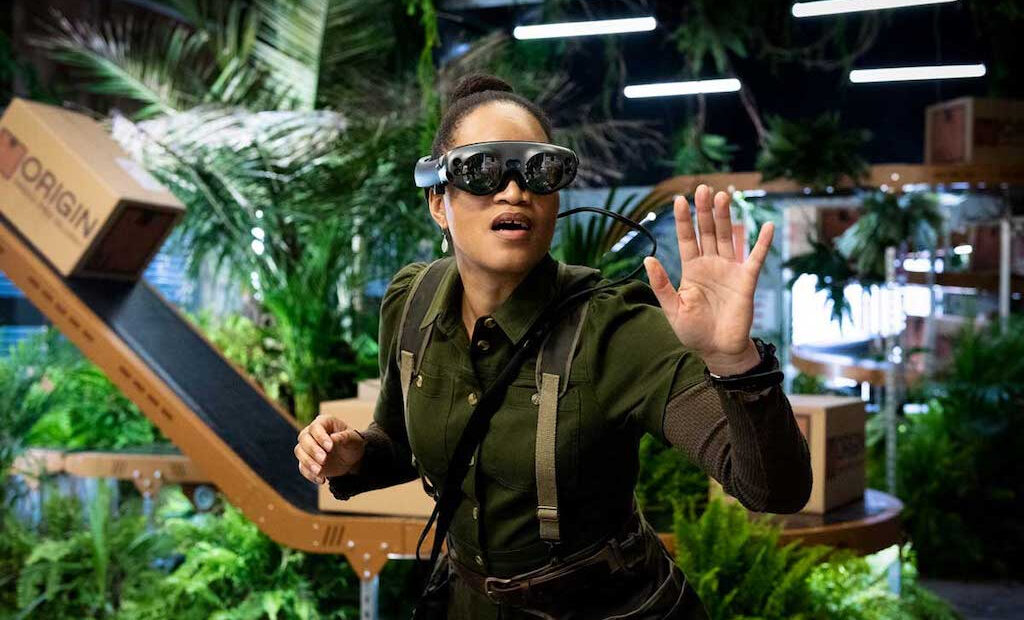
Lost Origin is the latest creation in the world of mixed-reality experiences. Based in Hoxton Docks, the immersive theatrical show is a stunning collaboration between Almeida Theatre, Factory 42 and Sky.
The Upcoming spoke to the creative lead at Almeida Theatre Dani Parr, and founder of Factory 42 and executive producer John Cassy about the creative process and the future of augmented reality within live theatrical performance.
What was the inspiration behind creating Lost Origin?
Lost Origin is the culmination of a three-year R&D programme that set out to explore how technology is blurring the boundaries between theatre, video games and film, while making new sorts of group interactive experiences possible. We were challenged to push the boundaries of tech and storytelling, break things and put them back together – but all the while creating a compelling audience experience.
Can you tell us a little about some of the biggest challenges you faced in making this mixed-reality experience?
Where to start? It has been an extraordinary journey, obviously complicated by Covid and endless re-workings of productions, timelines and creative. Added to that have been the challenges of a creative team from so many different disciplines working remotely and mostly not being able to meet on site. We’ve had theatremakers, engineers, visual effects artists, academics, architects, writers, designers, spatial audio gurus and TV producers all coming together to try something new and get used to each others’ unique ways of working. It’s not been straightforward, but everyone has been united by the desire to create something innovative, high-quality, boundary-pushing and genuinely surprising for audiences – and we’ve done that. Also, a lot of the tech is at a very early stage and can be fragile so that has required very careful technical development and planning.
Who do you think will appreciate Lost Origin the most?
People who are open-minded, want to try something different and are interested in new types of story-led experiences. Everything we’ve seen far from our early tests is that people of that mindset are loving it.
Can you tell our readers a little about the creation of the piece?
Our original plan was to create two separate experiences that would have been on at the Science Museum and the Natural History Museum in summer 2020. We had already created a lot of the digital content by then and had to do a radical rethink in order to reimagine the experience to happen in a different location. We became really interested in creating a longer experience with a hybrid of genres and different storytelling styles, and the inspiration for the new storyline came from idea that we could find a warehouse space and create a story that would make sense of dinosaur bones being in that space. The illegal company buying and trading artefacts originated from that idea, and the story grew from there. We created a “story bible” before creating a script, in which we built the world of the story so that all the team could creatively respond to a detailed and rich world. We then brought in an incredibly talented team to realise and create this world with us.
Dani, as the creative lead for the narrative, what did you find the most challenging in putting the piece together while telling a story, and what were your favourite parts?
DP: I’ve worked very closely with Hannah Wood, who runs a company called Storyjuice, on the narrative. She has written the script. My job has involved building the ideas with Hannah, and then being able to communicate them thoroughly to the whole team, some of whom come from very different disciplines. One of the challenging aspects was to make sure that the technology felt in service to the story and that we were never doing something in the show just because it was impressive. We have worked hard to bring all the aspects of set design, sound, lighting, interactive projection design and Magic Leap all together, and ensure that they feel like they belong to the same story. It’s also been incredibly complicated logistically and practically on site, when there are multiple audiences going through at once – keeping each element of the experience a precise length of time has been challenging! I think my favourite part of making this experience is the absolute privilege of working with so many incredible artists and being so inspired and bowled over by their ideas and their realisation of those ideas.
John, you are the founder of Factory 42 and executive producer of this project. What are your thoughts on combining several disciplines to create a new kind of mixed-reality experience?
JC:The opportunities to create new types of audience experiences over the next decade are going to be mindblowing, as story and technology come together in new ways. Lost Origin is essentially an almighty experiment involving some incredibly creative and smart people coming together to make something new. It’s not been without its challenges and we have all been out of our comfort zones as the different disciplines have worked out how to align each other’s practice. But at the same time there are magical moments in the show that have only been possible from these different perspectives coming together.
Add in several Covid lockdowns and it has been an almighty technical and creative challenge but also a huge privilege to work with such a creative, innovative, and committed team.
What would you like audiences to take away from this?
JC: We want them to feel entertained, immersed, to have felt them glimpsed something new and to encourage their friends to come.
DP: I’d like them to feel they have experienced something really unique.
And to you both, what was the intrigue behind using the dark web as the basis of the story?
We wanted something exciting, intriguing, a bit unknown and otherworldly.
What are your hopes for Lost Origin?
We hope audiences enjoy it and we can share what we’ve learned with the wider creative industries. The UK is a world leader in creative work, whether it is Ed Sheeran and Adele leading the charts or James Bond topping the box office. But tech is going to reshape the landscape over the next ten years, blending mediums, and if our project can be a useful learning on the opportunities and challenges then that will be very valuable.
Are you working on any exciting projects in the pipeline?
JC: At Factory 42 we’ve got several unannounced projects in the pipeline, but one we can talk about a bit and that we hope will be a real moment next year is a big, new interactive project we are working on with the BBC, mobile network EE and Sir David Attenborough. The Green Planet augmented reality experience will be inspired by the new The Green Planet TV series launching on BBC1 in 2022 and be powered by super-fast, new 5G mobile phones, enabling audiences to have nature at their fingertips and explore how to protect our fragile planet.
DP: At the Almeida we continue to work on lots of really exciting projects, including Spring Awakening, which is opening shortly. Personally, I am working on an incredibly exciting project where we celebrate keyworkers through a series of nine short plays that will perform in a cycle at the Almeida with professional and community actors performing together.
Selina Begum
Lost Origin is at Hoxton Docks from 21st November until 4th December 2021. For further information or to book visit the theatre’s website here.

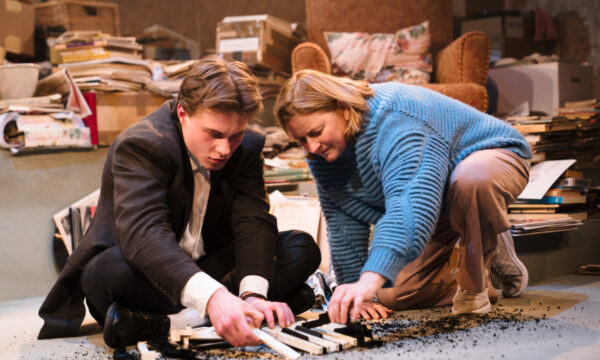
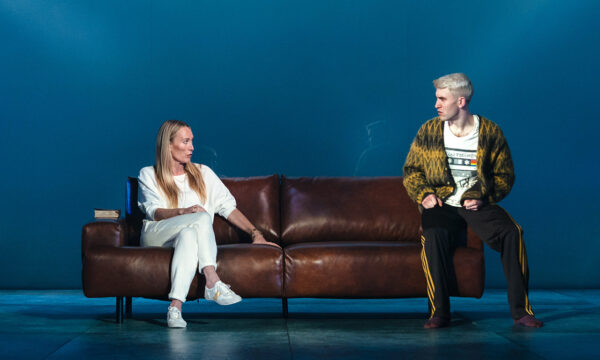
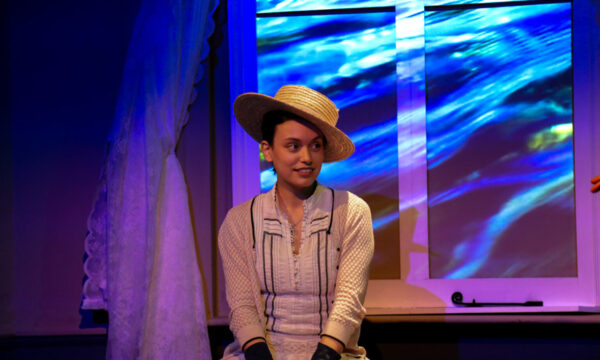
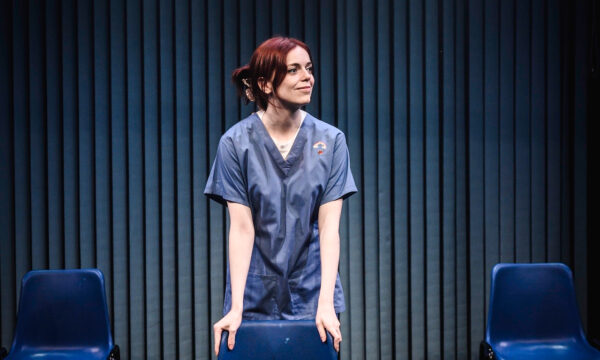
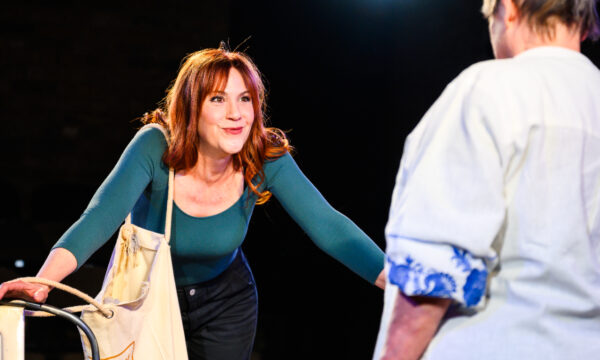
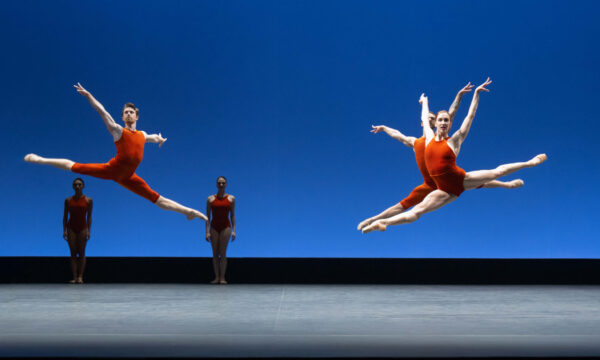
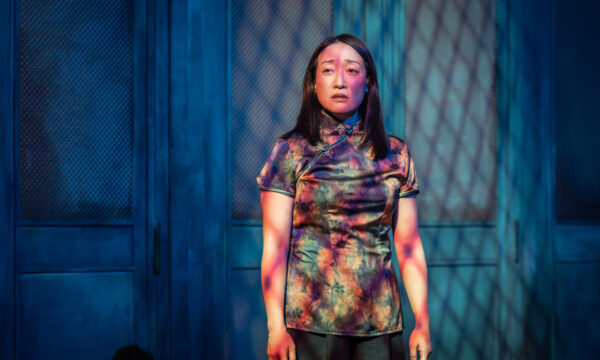
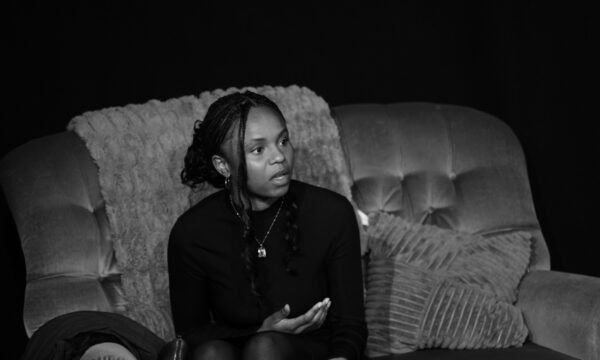
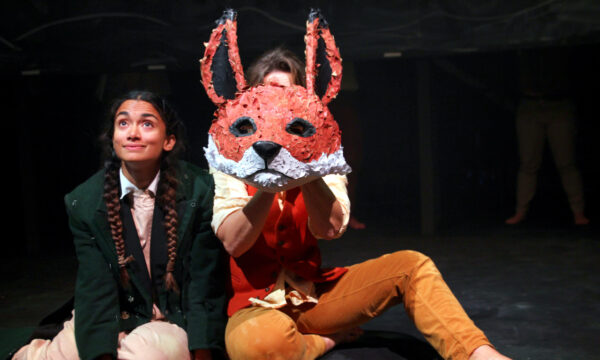









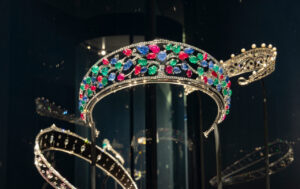



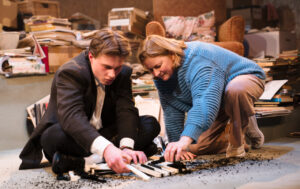

Facebook
Twitter
Instagram
YouTube
RSS